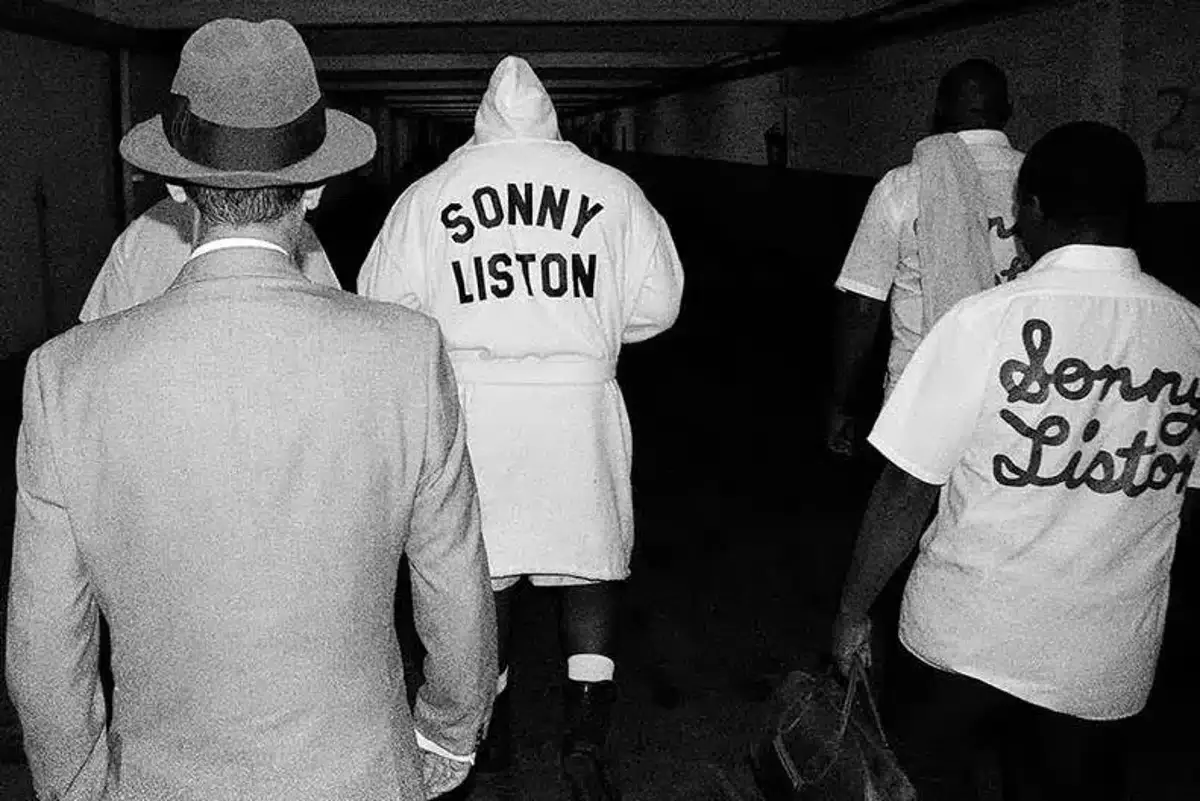Sonny Liston, the former heavyweight champion, is a complex figure whose life tells a considerably troubling narrative marred by encounters with law enforcement, societal misconceptions, and personal demons. His experiences, particularly those that took place around Christmas in 1964, reveal much about not only Liston as an athlete but also the systemic challenges faced by many athletes of color during that era. To understand the gravity of his situation, one must delve deeper into Liston’s struggles and the public’s perception of this remarkable yet troubled man.
A Downward Spiral: The Year 1964
The year 1964 marked a significant downturn in Liston’s life and career. It wasn’t merely the bitter loss of the heavyweight title to Cassius Clay (who would later become Muhammad Ali) that defined this year; rather, it was the pervasive narrative in both media and public scrutiny that painted Liston as a man who couldn’t escape his past. For many, he was a former champion stripped of his dignity, the glory of his heavyweight status overshadowed by his tumultuous reputation and a series of run-ins with law enforcement.
Christmas Day in 1964 was emblematic of this plight. On that day, as Liston appeared to be intoxicated in public—a phrase attributed publicly to his behavior—he was subjected to arrest, one of many during his lifetime. This particular incident, however, unfolded colorfully, revealing the fraught relationship he had with the police. It began with two officers noticing a man who, as they reported, was “staggering” through a parking lot. Reports indicate that Liston, responding to harassment from law enforcement, engaged in a shoving match, culminating in reinforcements arriving on the scene, leading to an astonishing ten officers attempting to pacify the situation.
The nature of this encounter raises crucial questions about police behavior and societal bias. What was it about Liston that provoked such a robust police response? Why did ten officers struggle with a man allegedly unable to stand straight? Such incidents suggest a deeply ingrained bias against Liston, who was often viewed through the lens of a stereotype that reduced him to a violent caricature.
The Public Perception: A Heavyweight Champion in Shadows
In the aftermath of this incident, one can’t help but notice how Liston’s image took a further nosedive. He was not just a fighter; he became a villain in a narrative that poorly represented his character and legacy. For most of the public, Sonny was the “bad guy”—a trope derived from a culture that had long since fixated on that narrative. Even a milestone photo opportunity, where Liston posed as Santa Claus on the cover of Esquire Magazine, did little to soften the image that had been constructed around him.
Muhammad Ali, his contemporary and eventual rival, reached out in support, highlighting the injustice of Liston’s treatment by the police. Ali’s characterization of the arrest as “pitiful” offers a fascinating glimpse into the camaraderie and respect that can exist even amidst competitive rivalry. Yet, it also exemplifies how trapped Liston was within a narrative that consistently painted him as a thug rather than recognizing his multifaceted personality.
While reports hint at Liston consuming alcohol before the altercation, it is crucial to contextualize this within his life experiences. The denial of second chances and the perpetuation of a singular, negative image almost certainly contributed to Liston’s struggles off the ring. Ironically, though Liston was once champion of the world, his skill in the boxing ring was often overshadowed by his personal issues and societal challenges that followed him relentlessly.
Sonny Liston’s life ended prematurely under murky circumstances, reinforcing how twisted his narrative had become. Dying at what was officially reported to be 38, he remained a polarizing figure whose intelligence, humor, and kindness were seldom acknowledged in mainstream portrayals. Historians and commentators often neglect to address Liston’s dedication to children, his attempts to find joy, and the few who understood him well.
Ultimately, his story represents an essential lesson in how societal biases shape the legacies of historical figures. While Liston’s significant contributions to boxing are often overshadowed, understanding his life as one fraught with societal challenges—an unyielding struggle of a man attempting to carve out a respectable existence—is imperative. For every celebrated champion, there is often another story that must also be told; that of a human being who, despite immense potential, becomes entangled in a web of misunderstandings and misalignment with public perception. This reality serves as a stark reminder that every story deserves a complete telling, lest the complexities of individuals like Sonny Liston remain buried within the shadows of history.

